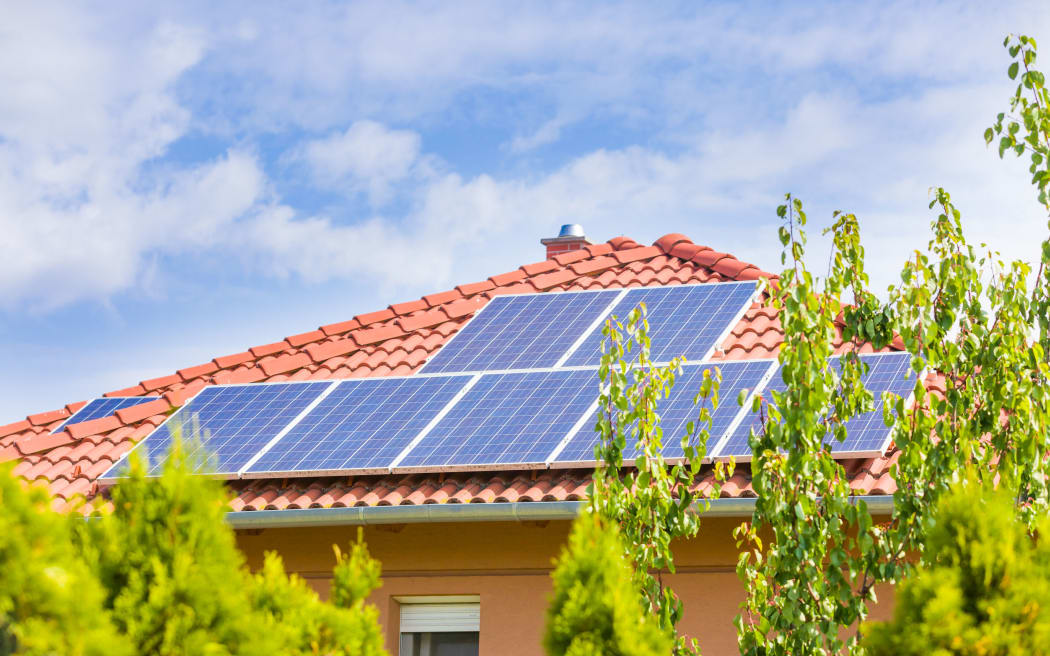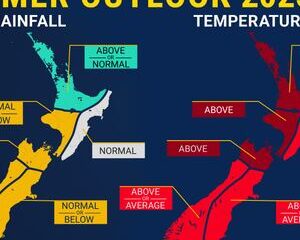Business
Explore Key Questions Before Investing in Solar Power

As homeowners consider the potential of solar power, the Energy Efficiency and Conservation Authority (EECA) in New Zealand has released a comprehensive checklist to guide their decision-making. According to EECA lead adviser Gareth Gretton, assessing the suitability of a home’s roof is a crucial first step.
For solar panels to function effectively, the roof must be in good condition. “You really wouldn’t want to put a new solar panel on to an old roof that needed replacement or a significant amount of maintenance within a 10-to-15-year period,” Gretton explained. A roof should ideally be relatively new, allowing the solar system to operate without requiring attention for its expected lifespan of around 30 years.
When considering a solar system, homeowners should evaluate their energy consumption patterns. Typical New Zealand households use between eight to twenty solar panels, with higher energy users potentially needing more, depending on available roof space and orientation. For instance, a system comprising ten panels could cost approximately $12,000. Determining the right size for a solar system involves understanding both energy usage and timing, as these factors influence whether a homeowner should select a larger or smaller setup.
Another critical consideration is whether a household’s electricity meter can accommodate the export of excess power back to the grid. Most solar systems allow for this, yet compatibility issues might arise with existing meters. “That’s kind of a chance thing at the moment, whether the meter that you currently have is going to be suitable,” Gretton noted, emphasizing the importance of addressing this before installation.
Additionally, homeowners should assess their hot water systems, ensuring that the quotes they receive for solar installation cover similar specifications. The complexity increases with homes that have multiple-phase power, requiring careful selection of inverters. “The easiest thing really is if you just have single-phase, because then you install a single-phase inverter,” he stated. For those with three-phase systems, decisions about inverter capacity and configuration become more intricate.
Gretton also highlighted the importance of smart technology in solar systems. He mentioned the potential benefits of integrating batteries to store solar power for evening use. While he indicated that most households might not currently see a significant return on investment from batteries, this outlook is expected to evolve. “We think the future is going to be increasing flexibility, which basically means that we get to use the grid to its best advantage,” he said.
Considerations extend beyond technical specifications. Factors such as the location of a home in relation to wind zones and potential corrosion from proximity to the sea can also influence the suitability of solar installations. “Panels were usually suitable up to very high or extra high wind zones,” he explained, noting the necessity of consulting engineers for installations in extreme conditions.
In a related development, a recent report by Westpac examined the trajectory of solar power adoption in New Zealand. It noted that the country has lagged behind others in adopting solar energy due to its historical reliance on other renewable sources. In contrast, countries like the EU, US, and Australia have seen rapid solar adoption, supported by substantial government incentives.
The report also highlighted the unique patterns of electricity demand in New Zealand, which peaks in the mornings and evenings when solar generation is at its lowest. Yet, it pointed out that solar accounted for 1.3 percent of the country’s electricity in 2023, with projections indicating an increase to over 2 percent in early 2024. This surge reflects a combination of declining costs, technological advancements, and a growing commitment to reducing carbon emissions.
While the cost of residential solar installations continues to decrease, a 5 kW system still represents a significant investment, averaging around $12,000. Rising electricity prices—averaging 23 percent since 2019—have shifted the financial landscape, allowing payback periods for solar investments to drop to between five to seven years.
According to Rewiring Aotearoa, financing solar installations through mortgages can yield costs of approximately 13 cents per kilowatt-hour (kWh), dropping to 7 cents without a mortgage. In comparison, the wholesale price of electricity is around 17 cents per kWh. The report indicates that falling installation costs and battery prices will make solar more appealing, although the specifics depend on future wholesale electricity trends and buy-back rates for surplus energy sold back to the grid.
As interest in solar energy grows, both homeowners and industry stakeholders are encouraged to stay informed about technological advances and regulatory changes that could enhance the viability and benefits of solar power in New Zealand.
-

 World1 week ago
World1 week agoPrivate Funeral Held for Dean Field and His Three Children
-

 Top Stories2 weeks ago
Top Stories2 weeks agoFuneral Planned for Field Siblings After Tragic House Fire
-

 Sports3 months ago
Sports3 months agoNetball New Zealand Stands Down Dame Noeline Taurua for Series
-

 Entertainment3 months ago
Entertainment3 months agoTributes Pour In for Lachlan Rofe, Reality Star, Dead at 47
-

 Entertainment2 months ago
Entertainment2 months agoNew ‘Maverick’ Chaser Joins Beat the Chasers Season Finale
-

 Sports3 months ago
Sports3 months agoSilver Ferns Legend Laura Langman Criticizes Team’s Attitude
-

 Sports1 month ago
Sports1 month agoEli Katoa Rushed to Hospital After Sideline Incident During Match
-

 World2 weeks ago
World2 weeks agoInvestigation Underway in Tragic Sanson House Fire Involving Family
-

 Politics2 months ago
Politics2 months agoNetball NZ Calls for Respect Amid Dame Taurua’s Standoff
-

 Top Stories2 weeks ago
Top Stories2 weeks agoShock and Grief Follow Tragic Family Deaths in New Zealand
-

 Entertainment3 months ago
Entertainment3 months agoKhloe Kardashian Embraces Innovative Stem Cell Therapy in Mexico
-

 World4 months ago
World4 months agoPolice Arrest Multiple Individuals During Funeral for Zain Taikato-Fox



















